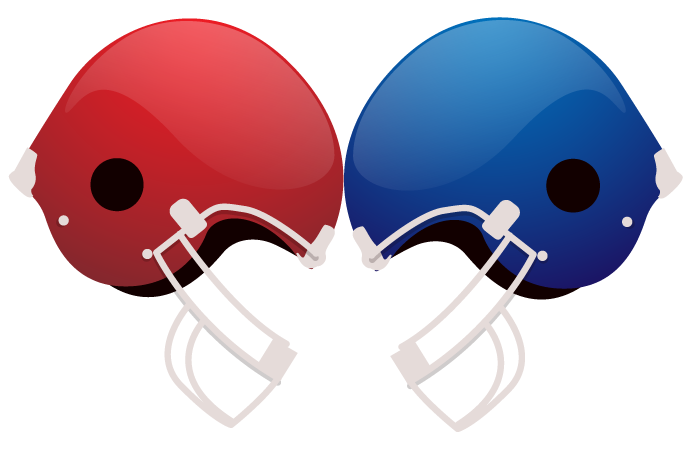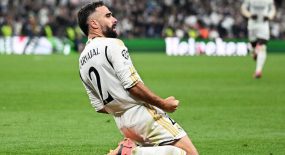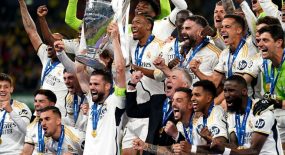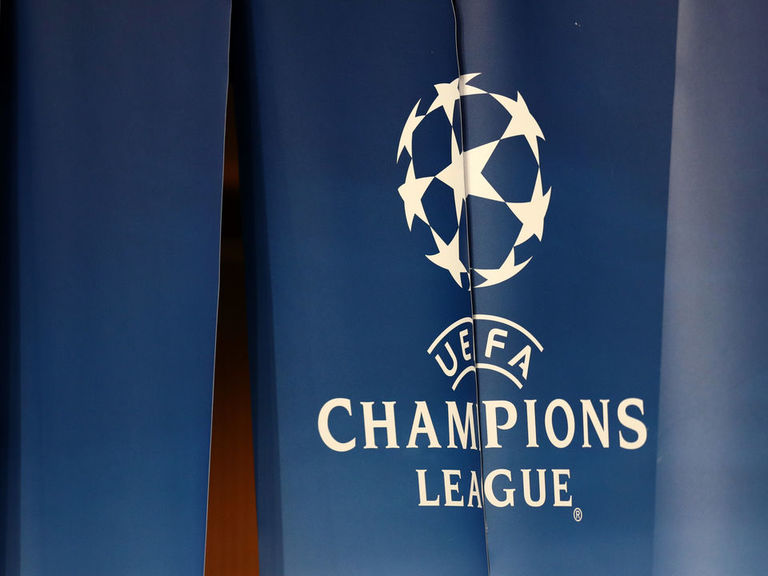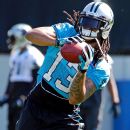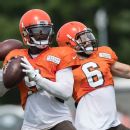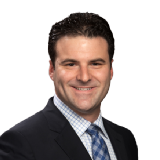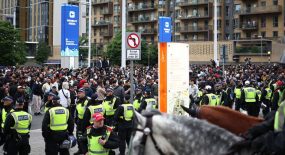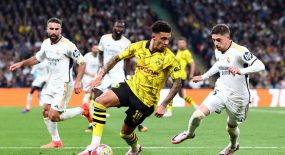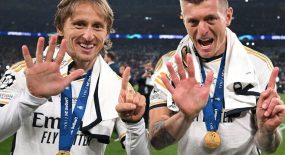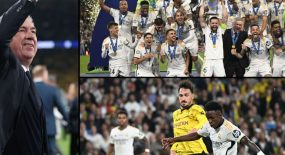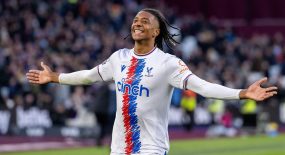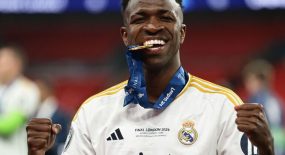BEREA, Ohio — Josh Gordon hasn’t reported to Cleveland Browns training camp, but his presence is being felt on the field.
Fellow wide receiver Rashard Higgins, who said he has exchanged texts with Gordon and says he’s “in good spirits,” is wearing his gear under his uniform at each practice.
“That’s my locker buddy, and I’m wearing his shirts every day,” Higgins said Saturday. “That’s why I feel like I’ve got superpowers when I come out here.”
Gordon, whose nickname is Flash, remains away from the team as part of his treatment to battle drug and alcohol addictions. An NFL spokesman said the former Pro Bowl wideout has not been suspended.
League sources told ESPN’s Adam Schefter last month that Gordon was seeking additional counseling before camp opened to deal with his mental health and anxiety. The wide receiver has said that he typically used alcohol or marijuana when he was anxious, something he cannot do without another violation of the NFL’s substance abuse policy.
Gordon has regularly been in touch with his counselors and was told to take the extra time in a proactive move, sources said.
Browns general manager John Dorsey and coach Hue Jackson remain confident that Gordon will return at some point, but no timetable has been set. Cleveland opens its preseason Thursday at the New York Giants.
“It will be like Josh never was gone when he comes back,” said Higgins, a third-year pro. “That’s how we’re going to treat things. I feel like the team is a good supporting cast for him, just him knowing that we’re here for him and we’ve got his back, no matter what.”
The 27-year-old Gordon has only played in 10 games since leading the NFL with a franchise-record 1,646 yards receiving in 2013. He is in Stage 3 of the league’s substance-abuse program and faces another indefinite ban for any violation.
Higgins says they have not discussed football in a conversation since Gordon was placed on the reserve/did not report list on July 23.
“We know Josh is handling his business off the field, and when he comes back, he’ll be ready to go,” Higgins said. “We don’t talk about anything on the field. We just talk about, ‘Hey, what’s up bro? How ya doin’?’ Just family, little things like that.”
Gordon resumed posting workout videos on social media Thursday from the University of Florida but has not made any statements since camp began. He has missed 43 of the Browns’ last 48 games because of suspensions.
Last season, Gordon was reinstated by commissioner Roger Goodell following a three-month stay in a rehabilitation facility. He played in the final five contests — catching 18 passes for 335 yards and a touchdown — after revealing that he had not previously appeared in an NFL game while sober.
Information from The Associated Press was used in this report.

